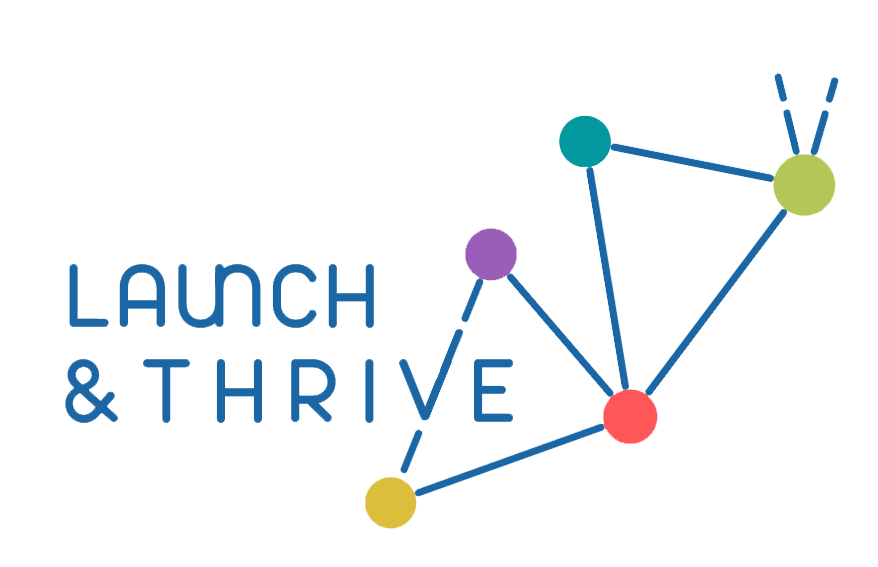Integrating concepts: when the ecovillages meet design

3. What are the relations between the two concepts
Connecting these concepts and shaping a learning path based on them - is a fascinating process (at least it was for us!)
While each concept has its unique focus and context, the overlap in principles and themes highlights their interconnectedness and the potential for integrating these approaches to create more sustainable, innovative, and transformative solutions for both personal and network-scale challenges.
What do these methods have in common?
Social permaculture, and design thinking, are two distinct concepts that share some common principles and themes, particularly in the context of personal and societal growth, problem-solving, and transformation. By combining them we can gain:
Holistic Approach
All three concepts emphasize a holistic approach to understanding and addressing challenges. Social permaculture considers the interconnectedness of ecological, social, and economic systems. Design thinking encourages a comprehensive understanding of network members’ needs and experiences. Both of them explore the various stages of personal or network growth and transformation in a holistic manner.
Problem-Solving and Innovation
Design thinking and social permaculture both emphasize innovative problem-solving. Design thinking is a structured approach to creative problem-solving that involves empathizing with your collaborators, defining problems, ideating solutions, prototyping, and testing. Social permaculture applies similar principles to sustainable and regenerative design in social systems. Both of them also involve overcoming challenges and solving problems as the hero progresses through different stages.
Adaptation and Resilience
Social permaculture emphasizes adaptability and resilience. Social permaculture designs systems that are adaptable to changing conditions and emphasize resilience in the face of disturbances. Similarly, the design process often involves a person or a group facing unexpected obstacles and developing resilience and adaptability to overcome them.
Personal Growth and Transformation
The design thinking is based on a narrative framework that explores the “persona” profile of personal growth, transformation, and self-discovery through challenges and trials. Similarly, design thinking and social permaculture can lead to personal and collective transformation as individuals and networks engage in creative problem-solving and sustainable design.
Empathy and Collaboration
Design thinking and social permaculture both emphasize empathy and collaboration. Design thinking encourages understanding and empathizing with your team’s perspectives to create solutions that meet their needs. Social permaculture involves understanding and working with the needs of local communities and ecosystems.
Cycles and Phases
The design thinking is composed of distinct phases, including the call to adventure, challenges and trials, transformation, and return. What is more, it follows a cyclical process of iteration and refinement. Social permaculture also involves cyclical processes in ecological design and regenerative systems.
